Common Ground
Looking After: Conversations on Art and Healing
Curating and Healing
1 p.m. Eastern / 10 a.m. Pacific
This event is graciously supported by our friends at Colby Center for the Arts and Humanities and USC Dornsife College of Letters, Arts and Sciences and produced by The Brooklyn Rail. Learn how you can donate ✨🌈
Art Historians Jami Powell, Wanda Nanibush, and Anna Arabindan-Kesson join Suzanne Hudson and Tanya Sheehan for the third installment of our series Looking After: Conversations on Art and Healing. We conclude with a poetry reading by Tanaya Winder.
In this talk
View epsiode one: Picturing the COVID-19 Pandemic →
View episode two: New Histories of Art, Medicine, and Healing →
Jami Powell
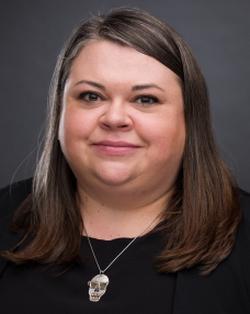
Wanda Nanibush
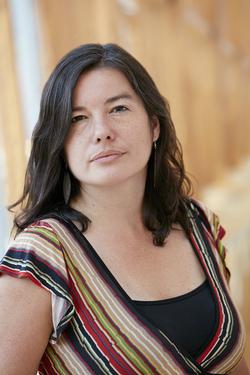
Anna Arabindan-Kesson
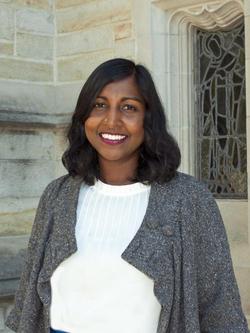
Suzanne Hudson
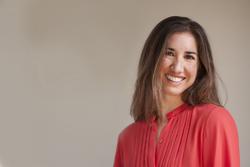
Tanya Sheehan
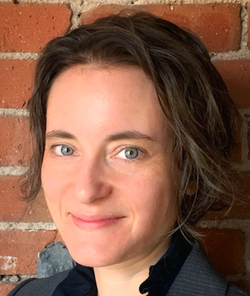
The Rail has a tradition of ending our conversations with a poetry reading, and we’re fortunate to have Tanaya Winder reading.
Tanaya Winder
![A photo of [Tanaya Winder] A photo of [Tanaya Winder]](../../../../../media/files/dsc_2826_photo_cred_viki_eagle.jpg?nf_resize=smartcrop&w=130&h=130)
❤️ 🌈 We'd like to thank the The Terra Foundation for American Art for making these daily conversations possible, and for their support of our growing archive.